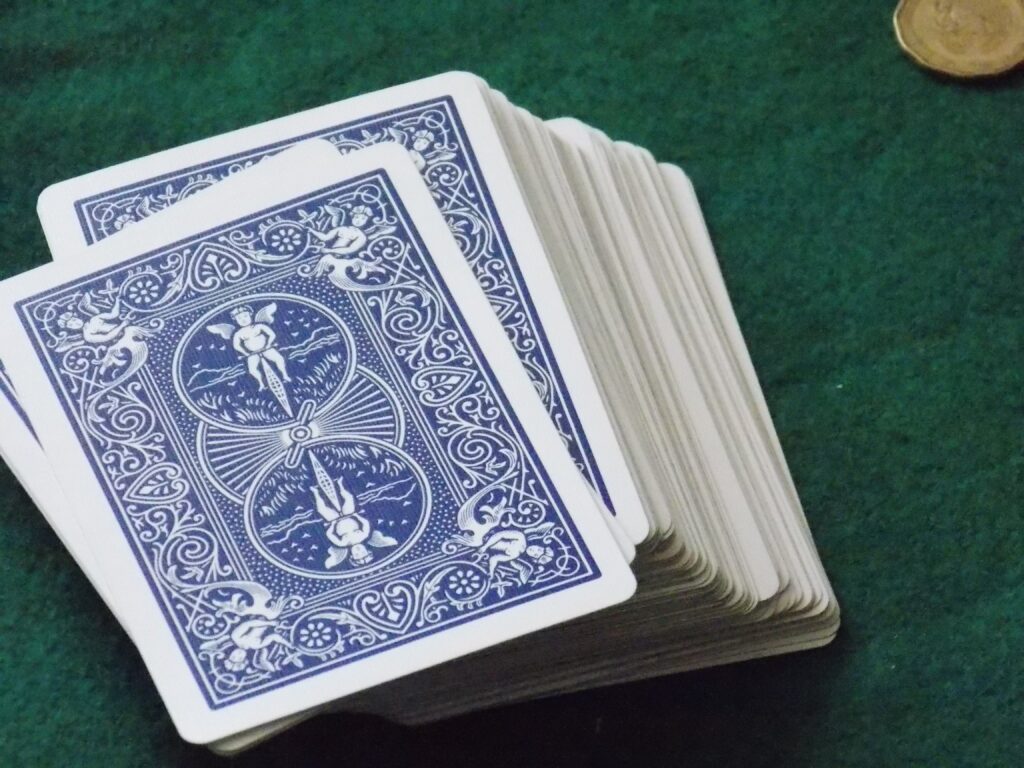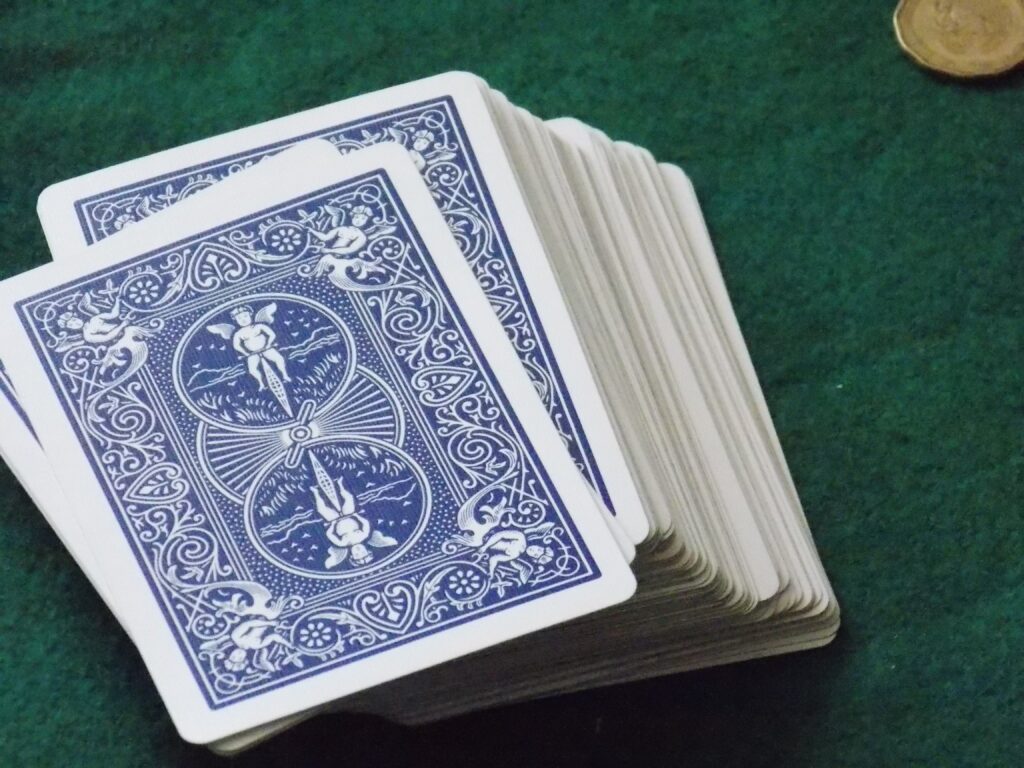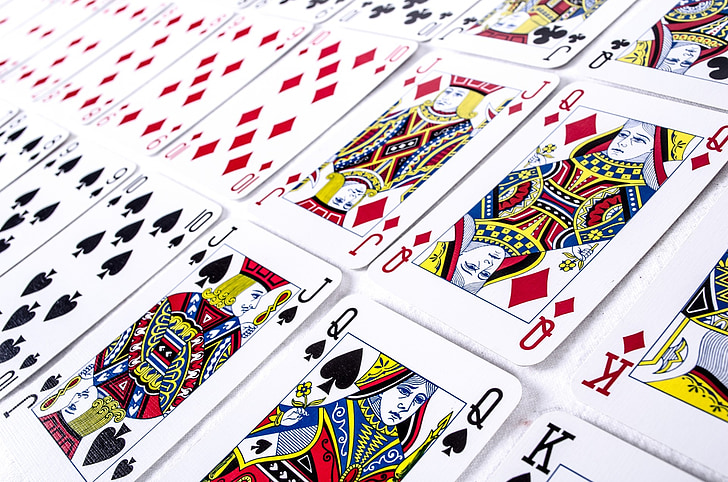How To Play Hand And Foot Card Game?

How To Play Hand And Foot Card Game :- Hand and Foot offers an entertaining card-playing experience reminiscent of rummy, with elements akin to Canasta, Pennies From Heaven, Jack Change It, and Solitaire. While lacking standardized rules, its adaptable nature allows for numerous rule variations to suit different player preferences.
Typically enjoyed in a partnership format with four players, it can also accommodate six players in teams or even larger groups. If you’ve yet to delve into the world of Hand and Foot, its intriguing blend of mechanics makes it a worthy addition to your next game night lineup.
Unfamiliar with the rules? No need to worry! A brief overview of the gameplay and simple rules will have you confidently joining in the fun, seamlessly integrating Hand and Foot into your repertoire of card games.
How To Play Hand And Foot Card Game Objective
In this dynamic game, players aim to accumulate the highest score by strategically melding cards of the same rank in collaboration with their team.

Melding begins with a trio of cards of identical rank, with the potential to expand to a maximum of seven cards per meld. Wild cards, represented by jokers and 2s, add versatility but are subject to a limit within each meld, ensuring a balance between creativity and strategy.
Two distinct meld types, clean and dirty, offer varied avenues for scoring. A clean meld, or clean book, comprises seven cards of the same rank, while a dirty meld, or dirty book, integrates wild cards alongside regular cards.
Upon melding all cards from their initial hand, players transition to their ‘foot’ cards. Once all cards are melded from both hand and foot, signaling the completion of a round, the game progresses through four exhilarating rounds of play.
Visit Our Other Website Best Apps To Earn Money
How To Play Hand And Foot Card Game Setup
In Hand and Foot, players form two partnerships and sit across from each other, with gameplay alternating between partnerships in a clockwise manner. Each partnership has designated areas on the table for their melds, as well as a neutral area accessible to all players for the stock and discard pile.
To play, you’ll need a 270-card deck comprising five standard 52-card decks plus jokers. Shuffle these decks together thoroughly, and then split the deck into two stocks, leaving a gap between them for the discard pile.

Unlike many card games where the dealer rotates, in Hand and Foot, players deal their own cards. Each player takes a portion of one of the stocks and deals two piles of eleven cards face down in front of them. If a player manages to draw exactly 22 cards, they earn a 100-point bonus; any extra cards are returned to the stock. Players then choose one pile of eleven cards as their hand and pass the other pile to the player on their right, which becomes their foot (kept face-down).
Next, a card from one of the stocks is turned face-up and placed between the stocks, serving as the upcard for the discard pile. If the upcard is a joker, 2, or red 3, it is discarded face-down into one of the stocks, and another card is drawn.
This setup establishes the foundation for gameplay in Hand and Foot, where players work with their partners to create melds and strategically manage their hands and feet to achieve the highest scores possible.
How to play Hand & Foot ?
Begin by dividing the deck into two manageable piles, from which players each draw a small selection of cards. These smaller piles are typically arranged neatly and divided into halves for ease of handling.
Each player arranges their cards into two stacks of 11. If a player happens to draw exactly 22 cards, a bonus of 100 points is awarded. Any remaining cards are returned to the draw pile.

The first stack of 11 cards constitutes the player’s “hand,” while the second pile, known as the “foot,” is set aside for later use.
To determine the starting player, each participant randomly selects a card from the central draw pile, with the player holding the highest-valued card (Aces being the highest) taking the initial turn. Subsequent rounds commence with the next player in a clockwise fashion.
During their turn, a player must draw two cards from the draw piles (choosing from one or both piles), play any applicable cards from their hand or foot, and conclude by discarding a card onto the discard pile.
Players initiate the creation of “books” by assembling sets of three cards, either three cards of the same rank or two of the same rank and a wild card. The combined value of the first three cards must meet a minimum “meld” requirement, typically 50 points for the initial book. Subsequent books may begin with any three cards.
Participants continue taking turns, drawing two cards, playing from their hand and foot, and discarding until their hand is depleted. Once the hand is exhausted, players may utilize their foot cards. If a player runs out of cards in their hand before discarding, they must declare their intention to continue with their foot cards.
Upon completing a book of seven cards, players stack them with a red card atop for a clean book or a black card for a dirty book. To “go out” and conclude the round, a player must have both a clean and dirty book and be entirely devoid of cards. Going out requires discarding a final card, not merely depleting all cards.
At the end of the round, all players tally their points. The scorekeeper records the “meld count” representing points earned from completed books, followed by the point total derived from each card played. Any remaining cards in a player’s hand deduct from their net total for the round.

To commence a new round, players again count out 22 cards each, following the same process, with the first player determined by the order established in the previous round, proceeding clockwise from the initial player’s left.
END OF PLAY
The conclusion of the game occurs when one of the partners “goes out.” To accomplish this, the following conditions must be met by your partnership:
- Card Melding Requirement: You must have completed at least two Red Piles and two Black Piles.
- Partner’s Turn: Your partner must have picked up their foot and played at least part of a turn from it.
- Permission: You must ask your partner’s permission to go out. If granted, you must either meld all of your remaining cards or meld all but one and discard the last card. If your partner denies permission, you cannot go out.
It’s important to note that discarding is not mandatory when going out; all remaining cards can be melded to complete the game.
Scoring
Each hand yields two scores:
- Melding Score: Points are earned for the combined face value of all cards melded.
- Pile Score: Additional points are earned for each completed pile.
If a team fails to go out, they lose points for any remaining cards in their hand or foot at the end of the play.
Card Values
- Jokers: 50 points (Wild Card)
- Deuces: 20 points (Wild Card)
- Aces: 20 points
- Eight through King (8-K): 10 points each
- Four through Seven (4-7): 5 points each
- Red three: Minus 300 points
- Black three: Minus 5 points
Pile Values
- Red Pile: 500 points
- Black Pile: 300 points
Additionally, the player going out receives a 100-point bonus.
Keep in mind that black threes are worth -5 points each, and red threes are worth -300 points.
The round concludes when the first team exhausts all cards in their Hand and Foot through melding, booking, or discarding.
Visit Our Other Website:-


